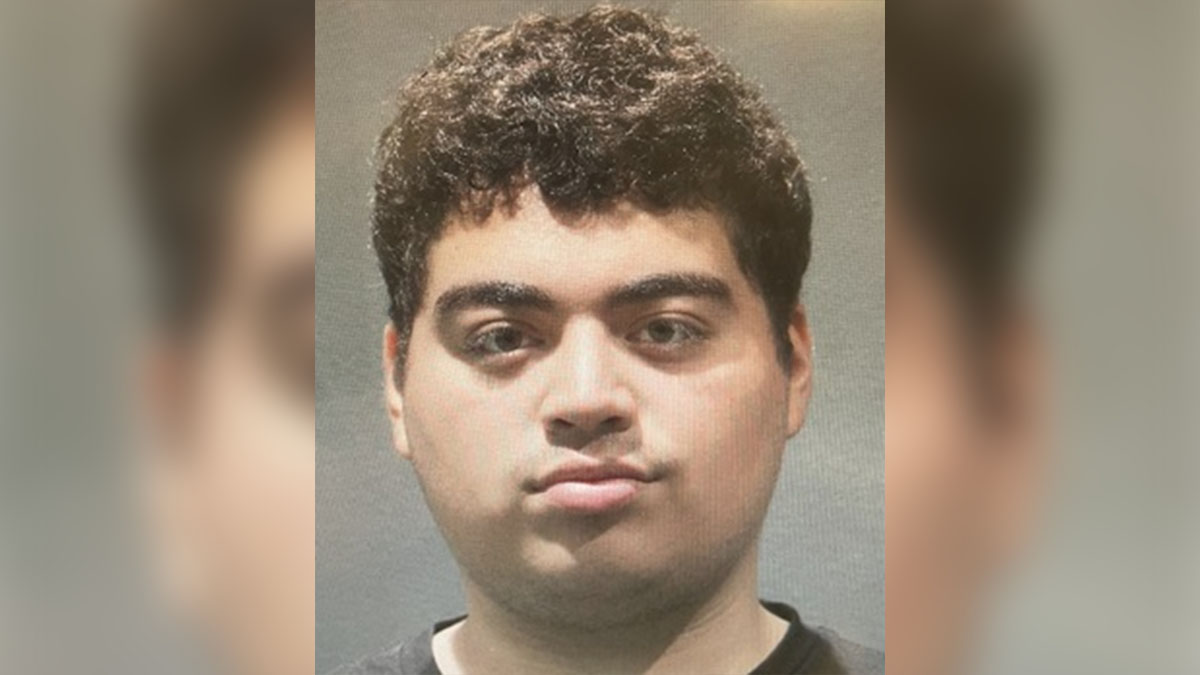D.C. Fire and Emergency Medical Services Chief Kenneth Ellerbe announced a proposal Tuesday that would reduce the number of ambulances and staff members available during overnight hours.
Under the proposed plan, the department's 14 advanced life support ambulances currently available between 1 a.m. and 7 a.m. would be moved to peak hours. The 39 basic transport ambulances would remain in service during that time.
"Based on recent data and historical experience, we plan to increase our EMS coverage during what we have found to be our busiest periods, where the demands for our se rvices are greatest," Ellerbe said in a statement. "During the off-peak periods, we will have more than appropriate coverage with our paramedics and ambulances."
Between 1 and 7 a.m., the department receives an average of 20 to 40 EMS per hour, or 1.73 to 2 calls per unit per hour.
Due to the limited call volume during those hours, Ellerbe said during Tuesday's media briefing that he thinks the basic transport ambulances are sufficient. Advanced life support ambulances are designed to allow EMS technicians to provide more care for patients. During the day, when D.C. traffic is generally at its worst, it can take ambulances more time to arrive at area hospitals.
But D.C. Firefighters Association President Ed Smith has concerns. "I can't see it working. I don't see it working," he told News4's Erika Gonzalez. "Monday through Thursday, it might look good on paper. But Friday, Saturday night in the summertime, we both know, that there's a high demand between 1 a.m. and 7 a.m."
Of the more than 160,000 calls D.C. Fire and EMS responds annually, 85 percent are for EMS, Ellerbe said, and demand is increasing.
The District's population grows by more than 1,000 each month. And some residents are getting poorer, which means an increasing number of people are relying on EMS services for their primary healthcare.
Local
Washington, D.C., Maryland and Virginia local news, events and information
"We know that we don't have the capacity to meet the service demand as it increases," Ellerbe told Gonzalez. "Our population's increasing, folks are living longer -- we want to make sure we have the capacity to meet the service demand."
The proposed changes are causing some city residents to wonder, why not add more service rather than changing the plan?
"If it's a budgetary issue, then of course, use the statistics, find out when the need is greatest," said D.C. resident Samuel Belcher.
However, this is far from being a done deal. Ellerbe still needs to meet with stakeholders and unions, and get approval from the D.C. Council for his plan.
Ellerbe said that earlier Tuesday he met with two union presidents who have expressed concern over the new plan. "That's why we're doing this now.... We see the future, and we're trying to respond to what we know our needs in the future will be," he said.
Kenneth Lyons, president of AFGE Local 3721, expressed support for the new plan during Tuesday's media briefing.
"The one concern we've had, that we've always had, is whether or not we have a system that is flexible enough to meet the needs of the community..." he said. "This plan, though not perfect, we believe does meet that need.... I think it's the best we can do now with the limited resources we have."
PREVIOUS COVERAGE:



